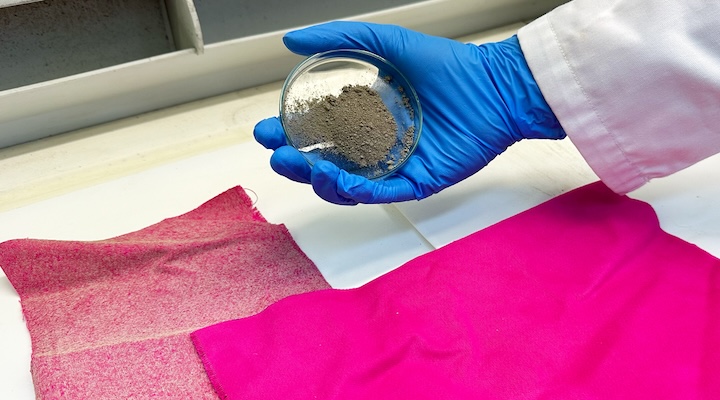
In a groundbreaking study conducted by RMIT University, nanodiamond-coated fabrics have emerged as a potential game changer in temperature regulation, offering hope for cooler and more comfortable clothing amid rising global temperatures.
Cooling efficiency and UV protection
Published in Polymers for Advanced Technologies, the research demonstrates the remarkable cooling efficiency of fabrics treated with nanodiamonds. Compared to untreated cotton, these fabrics cooled down by two to three degrees Celsius faster, offering a significant improvement in comfort, especially during hot weather or intense physical activity.
Lead researcher Shadi Houshyar, a Senior Lecturer at RMIT, emphasizes the practical implications of this discovery: "While two or three degrees may not seem like much of a change, it does make a difference in comfort and health impacts...could be the difference between keeping your air conditioner off or turning it on."
Aside from their cooling properties, nanodiamond-coated fabrics also provide enhanced UV protection, making them ideal for outdoor summer wear. This added functionality not only benefits individuals but also contributes to energy savings, with potential reductions of 20-30 per cent in air conditioning usage.
The study utilized cotton as the base fabric, but researchers suggest that other natural and synthetic fibers could be explored. The fabrication process involves electrospinning a solution containing nanodiamonds and a polymer binder, offering flexibility in designing fabrics with specific properties tailored to various applications.
Aisha Rehman, Lead Researcher and RMIT Research Assistant, explains the rationale behind choosing nanodiamonds: "Nanodiamonds were chosen for this study because of their strong thermal conductivity properties."
Applications and environmental implications
While still in the early stages of research, the commercial potential of nanodiamond-coated fabrics is immense. Market analysts project that the global smart textiles market could reach $59.3 billion by 2027, with cooling solutions being a significant driver of growth. Applications span across industries, including sportswear, healthcare, and construction.
Houshyar highlights the broader environmental implications of this technology: "There's also potential to explore how nanodiamonds can be used to protect buildings from overheating, which can lead to environmental benefits."
However, challenges such as the durability of nanofibers during washing and the cost-effectiveness of manufacturing nanodiamond-treated fabrics need to be addressed. Scaling up production processes for commercialization while considering the environmental impact of nanodiamond production and disposal remains a priority for future research.
In conclusion, the integration of nanodiamonds into fabrics represents a promising avenue for developing cooler, more comfortable clothing while potentially contributing to energy savings. Despite existing challenges, ongoing research and development hold immense potential for revolutionizing the textile industry and enhancing thermal comfort for individuals and the environment.












